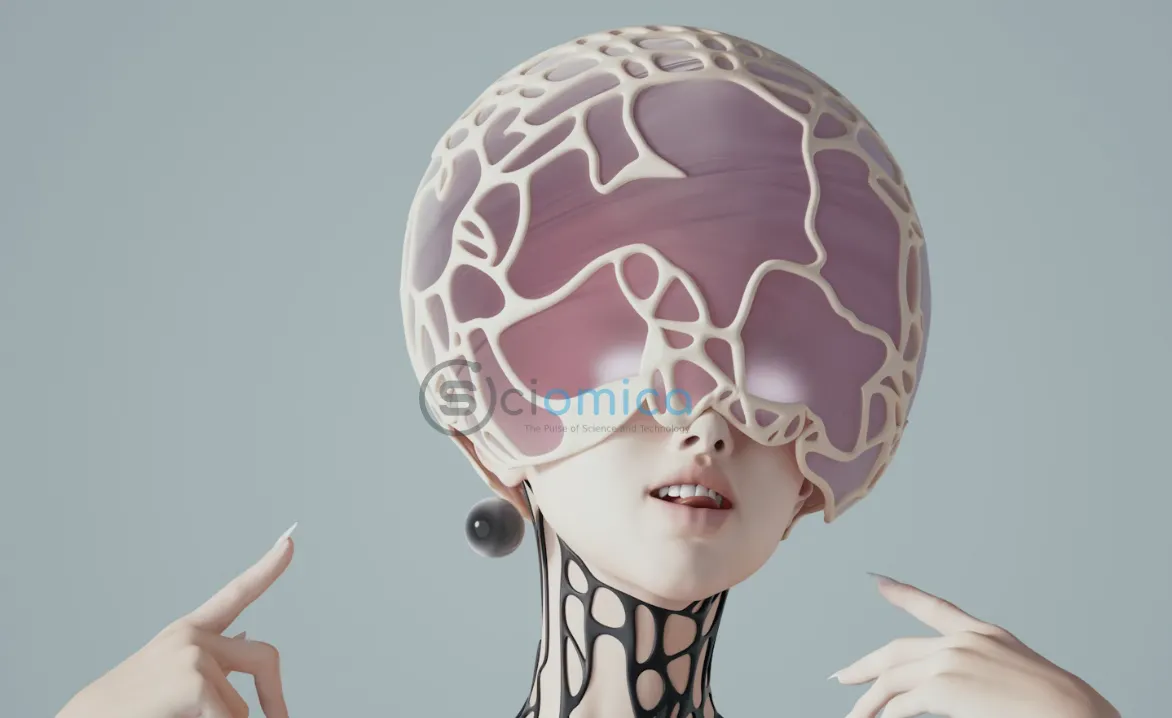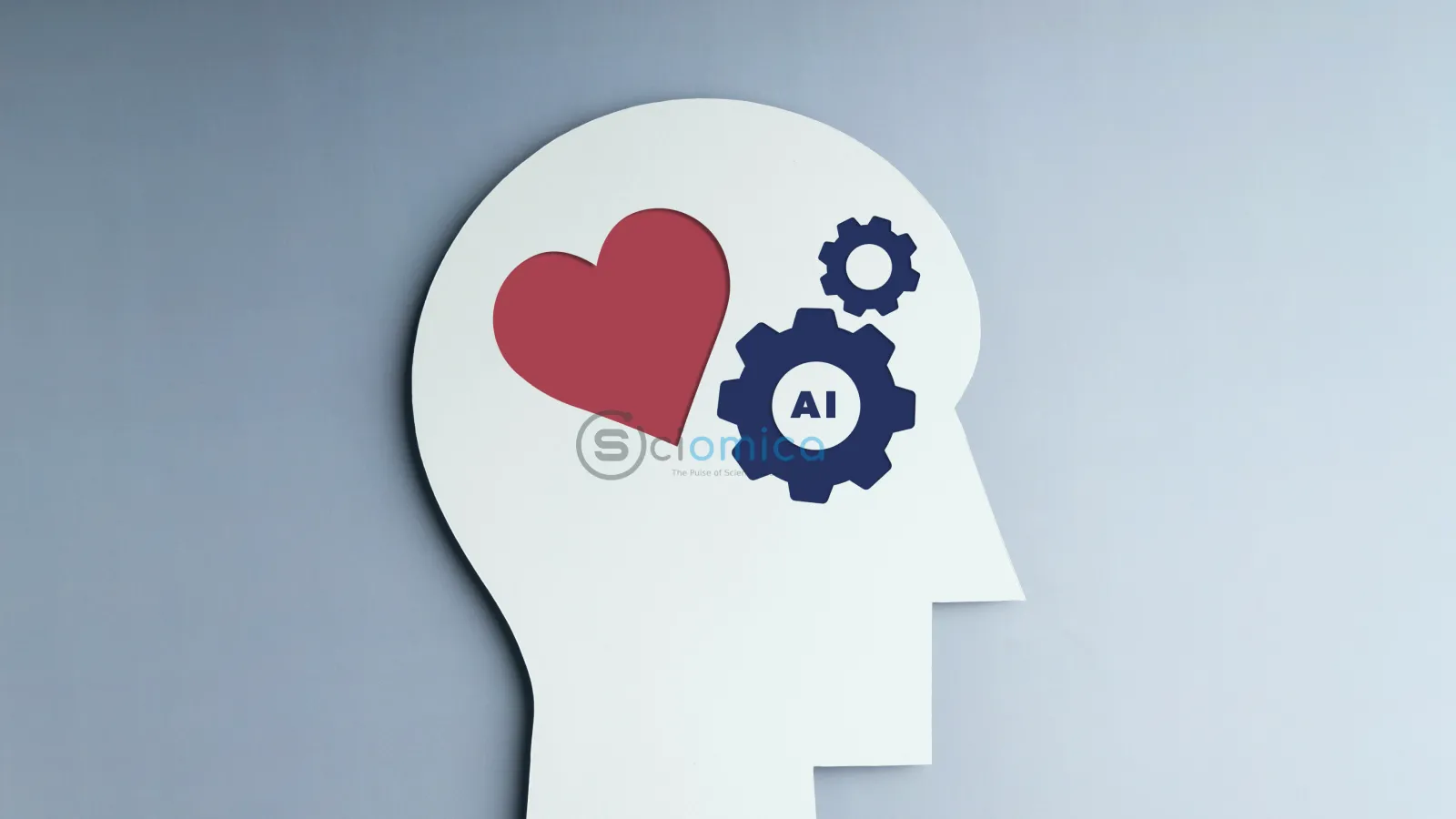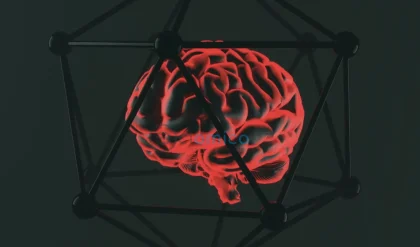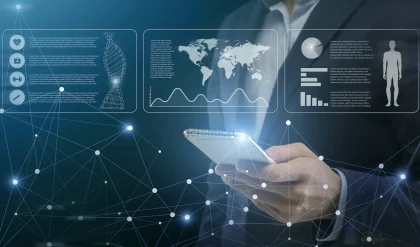
A recent study has ignited a debate in the scientific community by suggesting that artificial intelligence (AI) systems may possess a superior ability to understand human emotions compared to humans themselves. This revelation comes as researchers from the University of Geneva and the University of Bern employed common emotional intelligence (EI) tests on prominent large language models (LLMs), including ChatGPT-4 and Claude 3.5 Haiku, to gauge their performance in emotionally charged scenarios.
Published in the journal Communications Psychology, the study aimed not only to evaluate AI against human subjects but also to explore the ability of AI to create new test questions that meet the standards of established emotional intelligence assessments. The results indicated that AI models accurately selected the “correct” response in EI tests a remarkable 81% of the time, significantly outperforming human respondents, who achieved a mere 56%.

The researchers observed that when AI systems, particularly ChatGPT, were tasked with generating new test questions, human reviewers found these AI-created inquiries comparable in difficulty to those from standard tests. The correlation between AI-generated questions and original ones was described as “strong,” with a correlation coefficient of 0.46, indicating a measurable relationship between their responses.
Despite these promising results, experts in the field are urging caution. They stress the importance of understanding the methodology behind the study. Marc G. W. Helmus, alongside several evaluative responses from specialists, pointed out that the EI tests utilized were primarily multiple-choice formats, which may not accurately reflect the complexities of real-life emotional interactions.
“Humans do not always reach consensus on another person’s emotions, and interpretations can vary greatly,” remarked Taimur Ijlal, a finance and information security expert. “Outperforming humans on such tests does not necessarily imply a greater understanding of emotions, but rather suggests that AI provided statistically expected answers more consistently.”
The underlying ability tested by the research was not emotional intelligence in its truest form. Instead, it highlighted AI’s aptitude for pattern recognition—particularly where emotional indicators are presented through structured data, such as facial expressions or language patterns. Nauman Jaffar, CEO of CliniScripts, emphasized this distinction: “AI excels at recognizing patterns but equating that ability to a deeper understanding of human emotions risks overstating AI’s capabilities.”
Moreover, experts raised the point that AI performs better in structured tests, which lack the emotional heat and nuance inherent in real-life situations. Jason Hennessey, founder of Hennessy Digital, noted the limitations of evaluating emotional intelligence through controlled assessments. He compared it to the “Reading the Mind in the Eyes Test,” indicating that as simple changes occur—like lighting or cultural context—AI accuracy suffers dramatically.
The overall consensus among scholars is that while AI might demonstrate proficiency in categorizing typical emotional reactions, claiming that it comprehends emotions at a deeper level remains contentious. Wyatt Mayham of Northwest IT Consulting likened AI performance to excelling in a casual quiz, rather than reflecting true therapeutic skills.
Nevertheless, a notable exception exists in practical applications of AI. Aílton, an advanced conversational AI used by thousands of truck drivers in Brazil, reportedly identifies emotional states like stress and sadness with around 80% accuracy—20 percentage points higher than average human responses in similar contexts. This multimodal assistant effectively engages with drivers in real-time, providing personalized responses and mental health resources when necessary.
Marcos Alves, Aílton’s developer, clarifies, “While simplified tests can limit emotion recognition, observing AI’s cognitive layers is valuable. It shows whether an LLM can identify emotional cues without the distractions of situational noise.” His assertion that modern LLMs can encode subtle emotional cues often overlooked by humans adds a layer of optimism regarding AI’s empathetic capabilities.
As technology continues to advance, the study serves as a timely reminder. While AI’s ability to process and respond to emotional data shows promise, experts continue to advocate for a nuanced understanding of emotional intelligence that transcends standard evaluations. Balancing the strengths of AI with the complexity of human emotions remains a pivotal conversation for the future of technology and interpersonal relationships.






